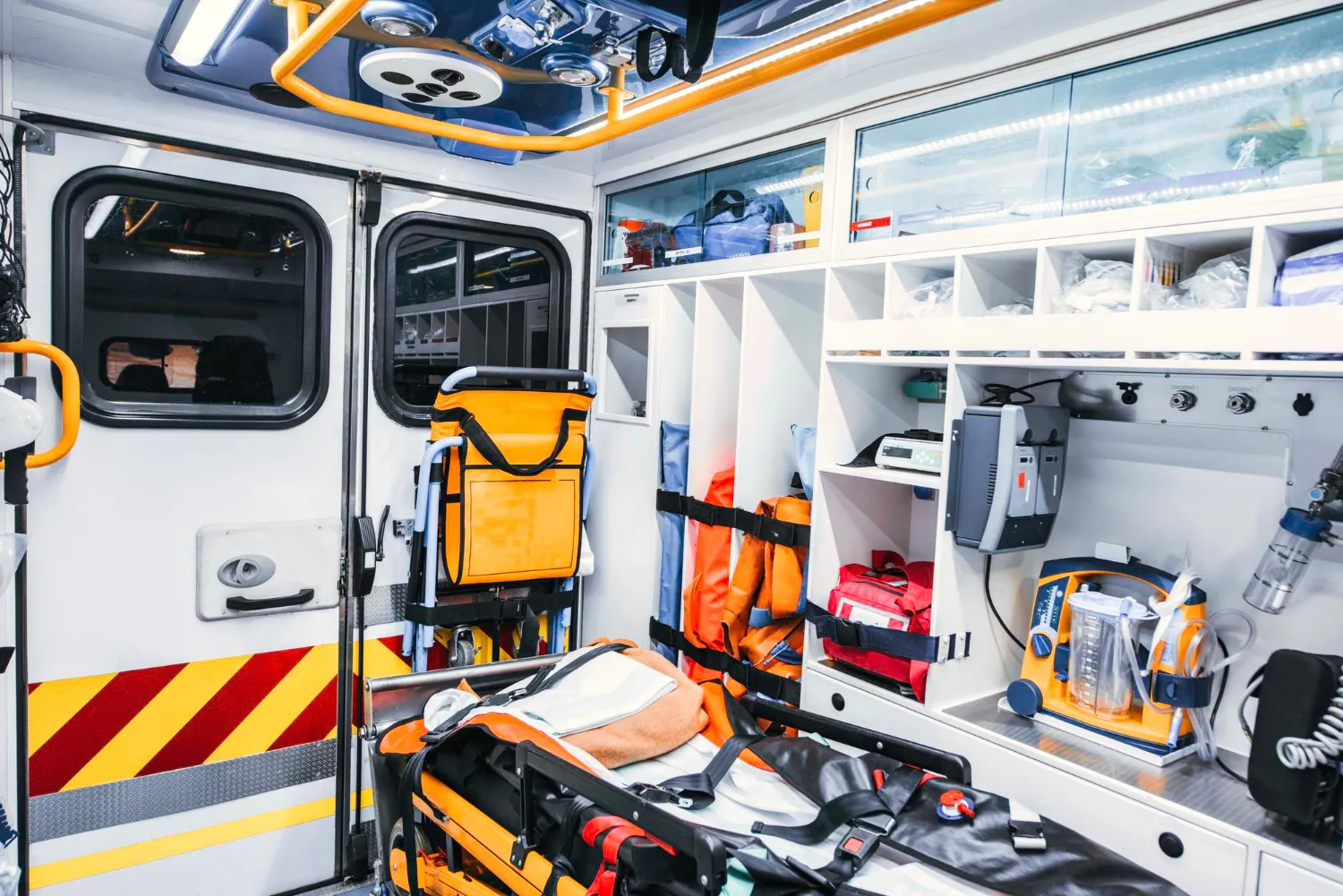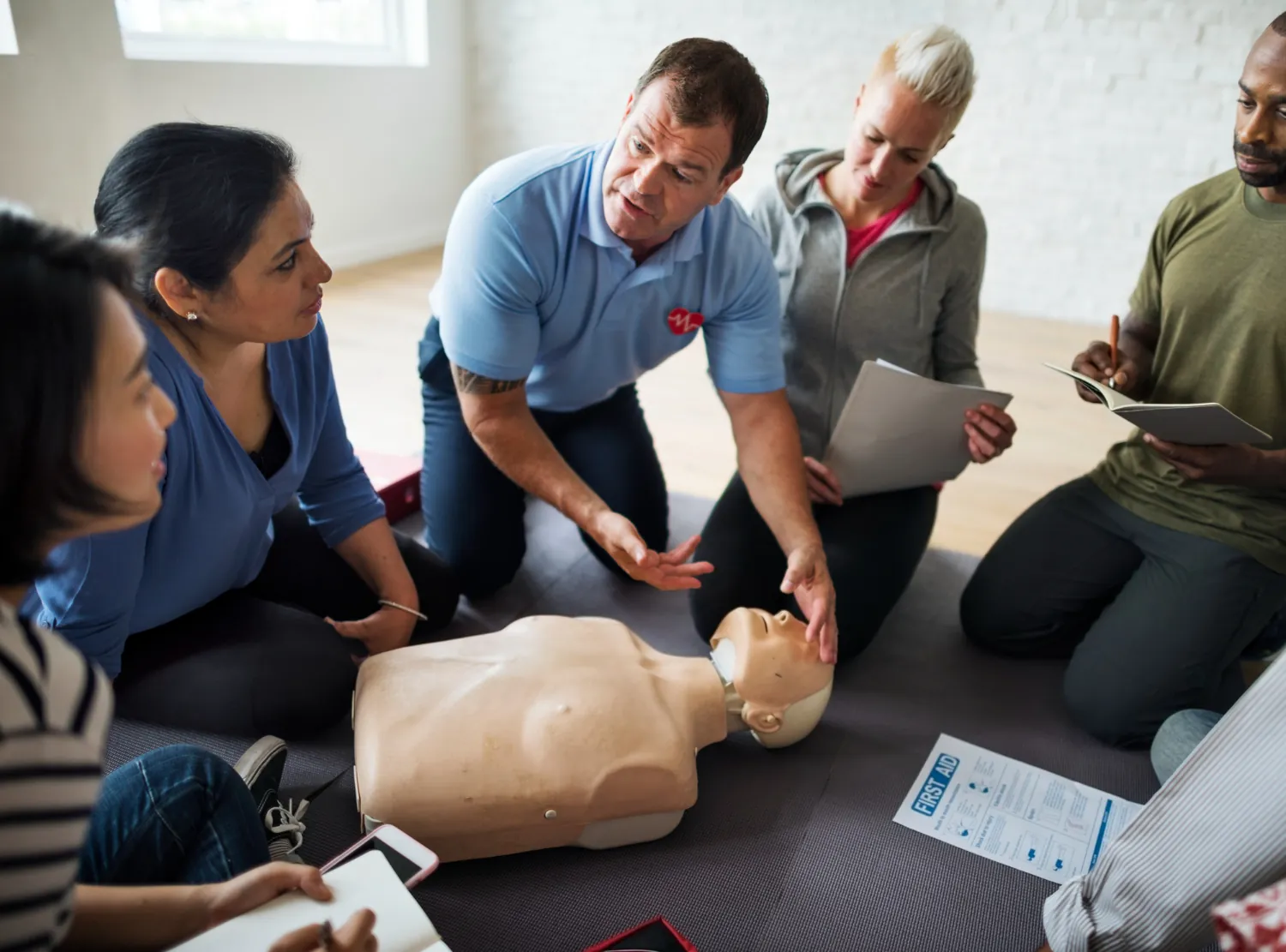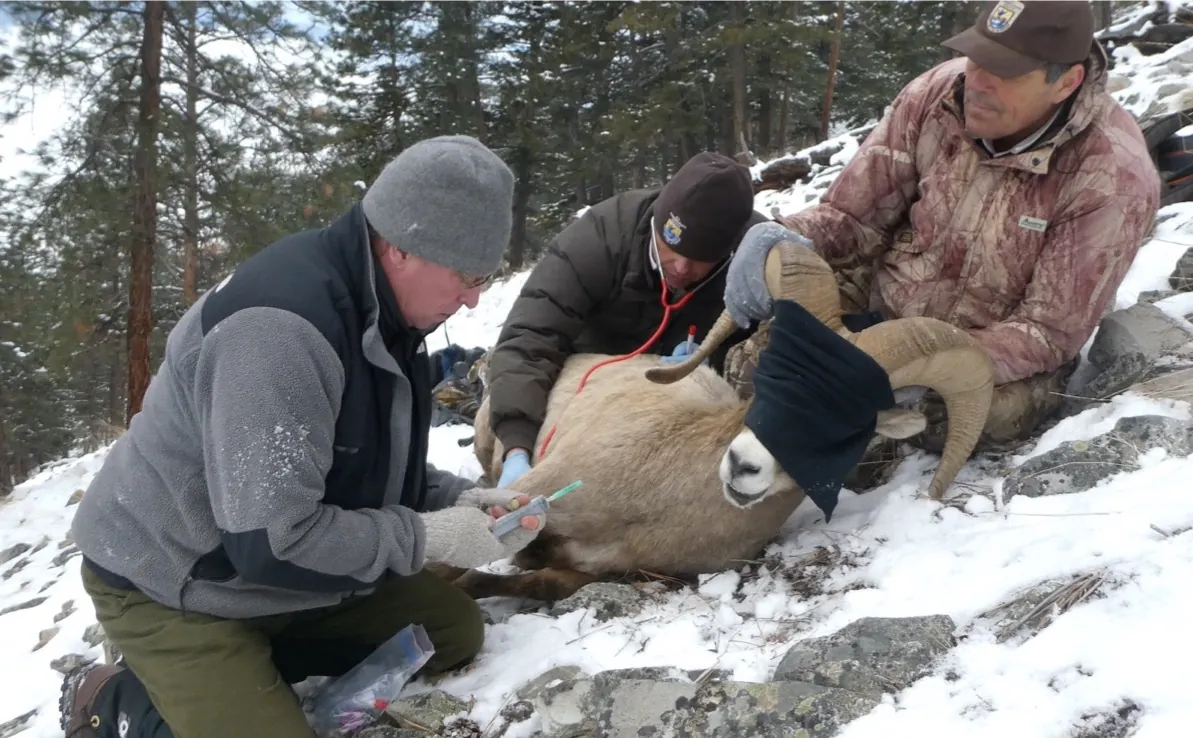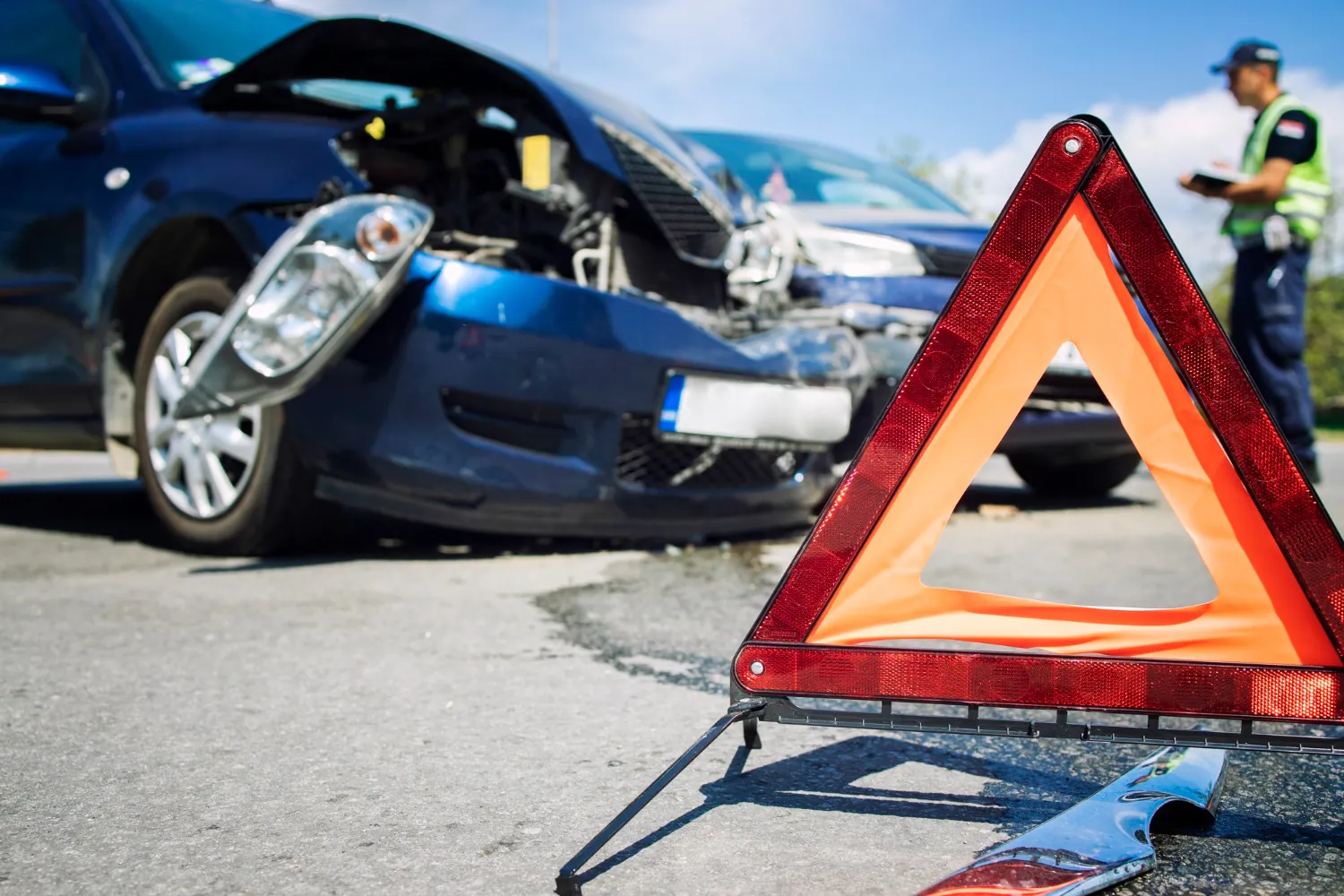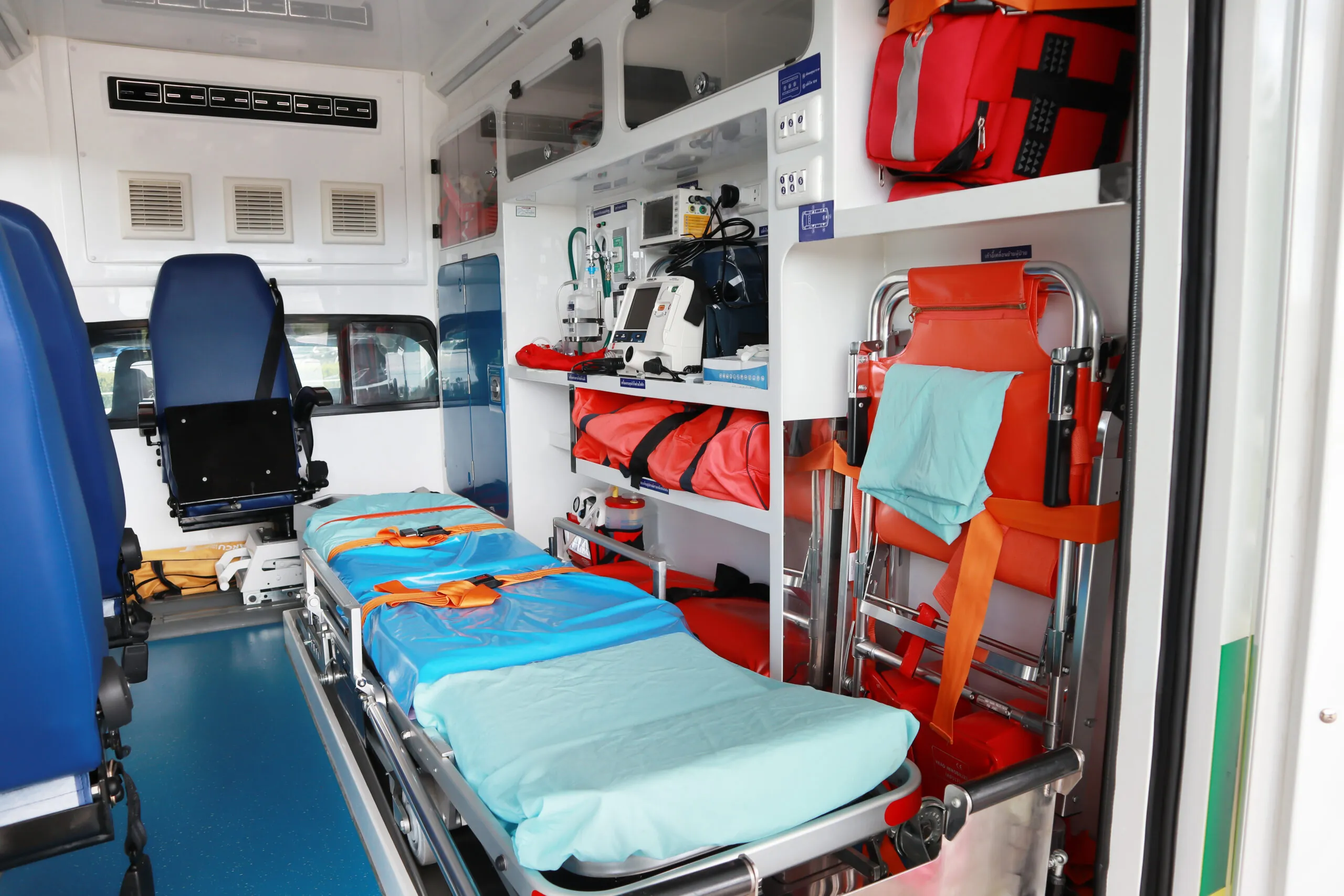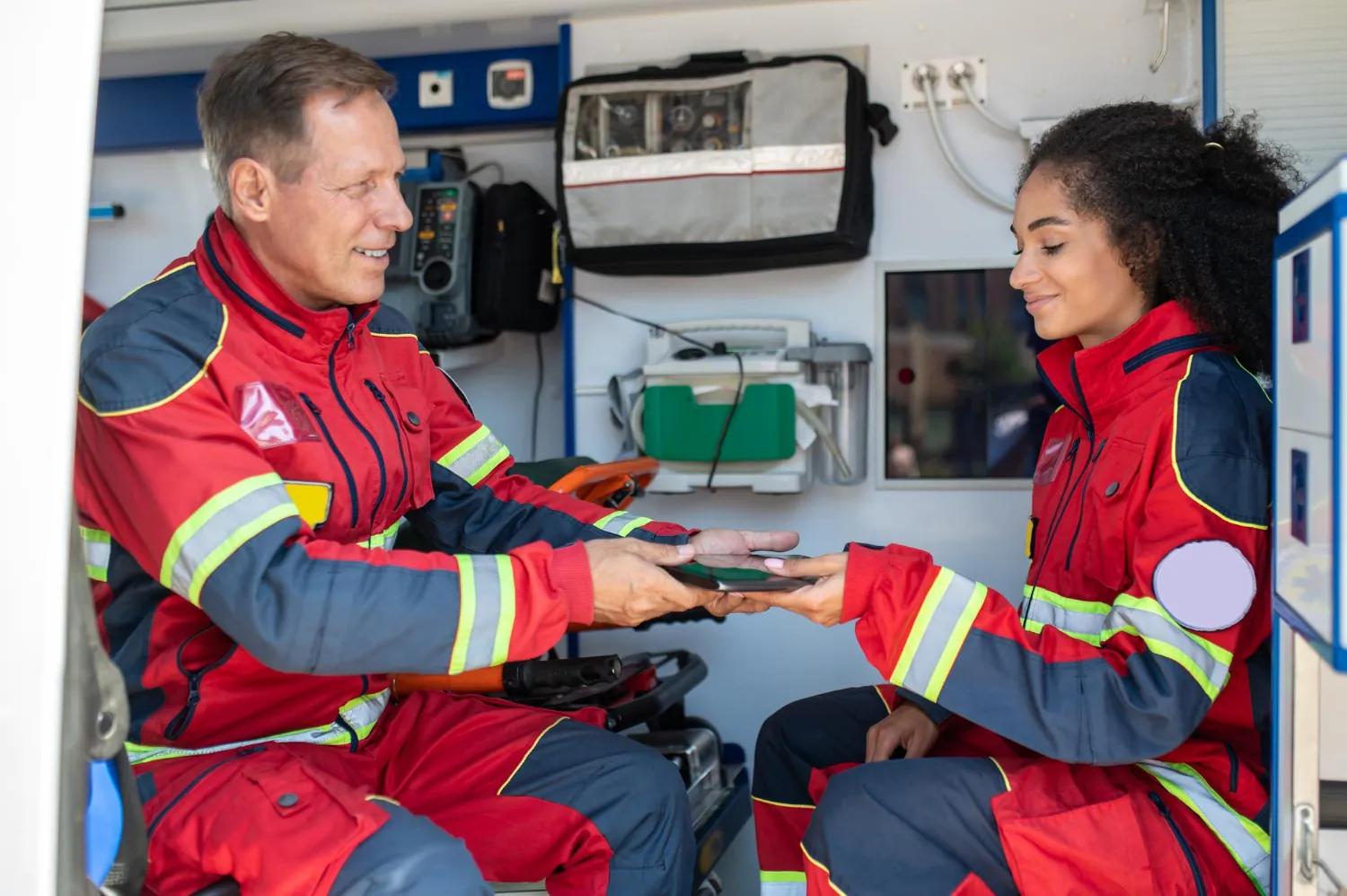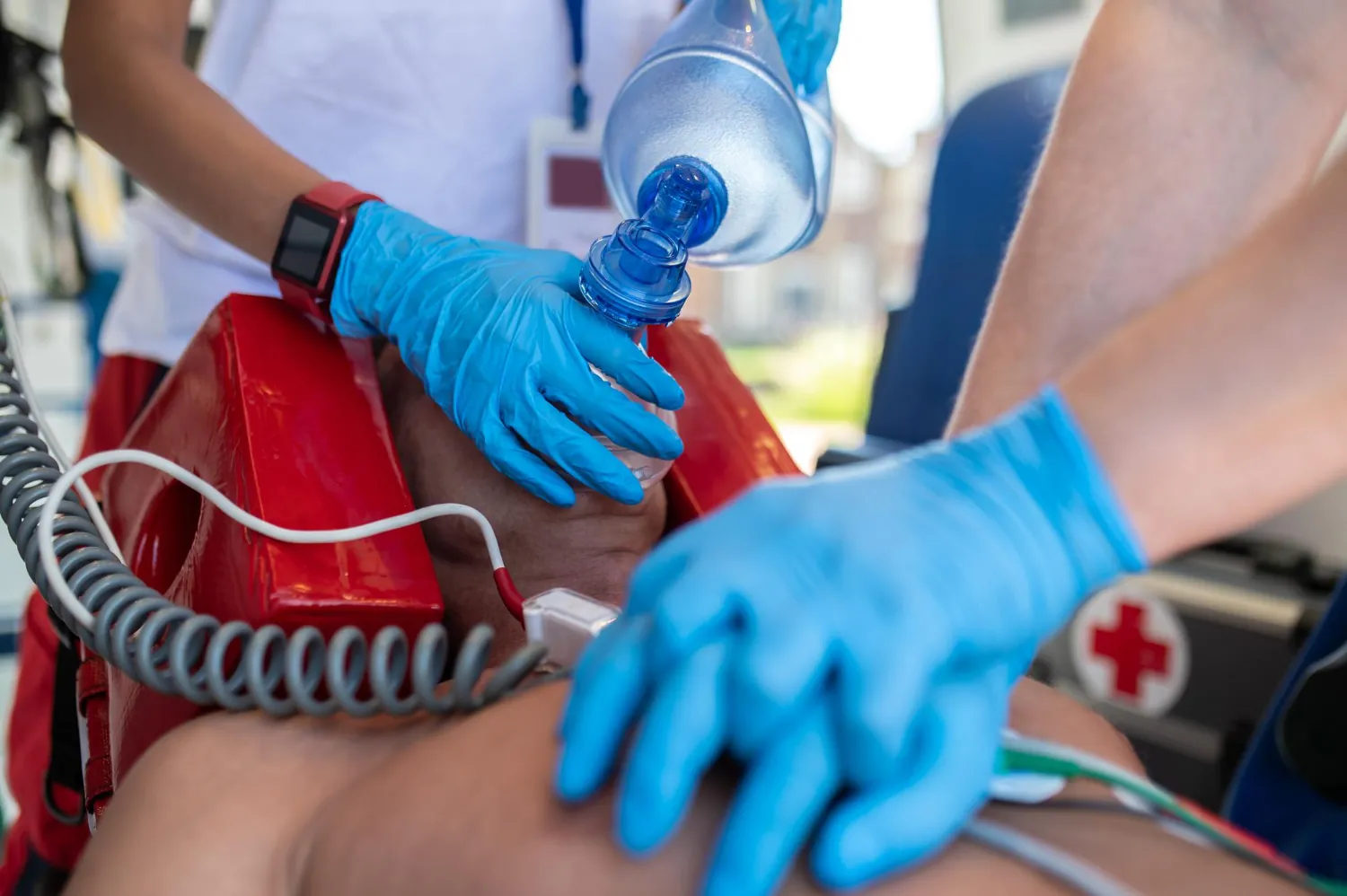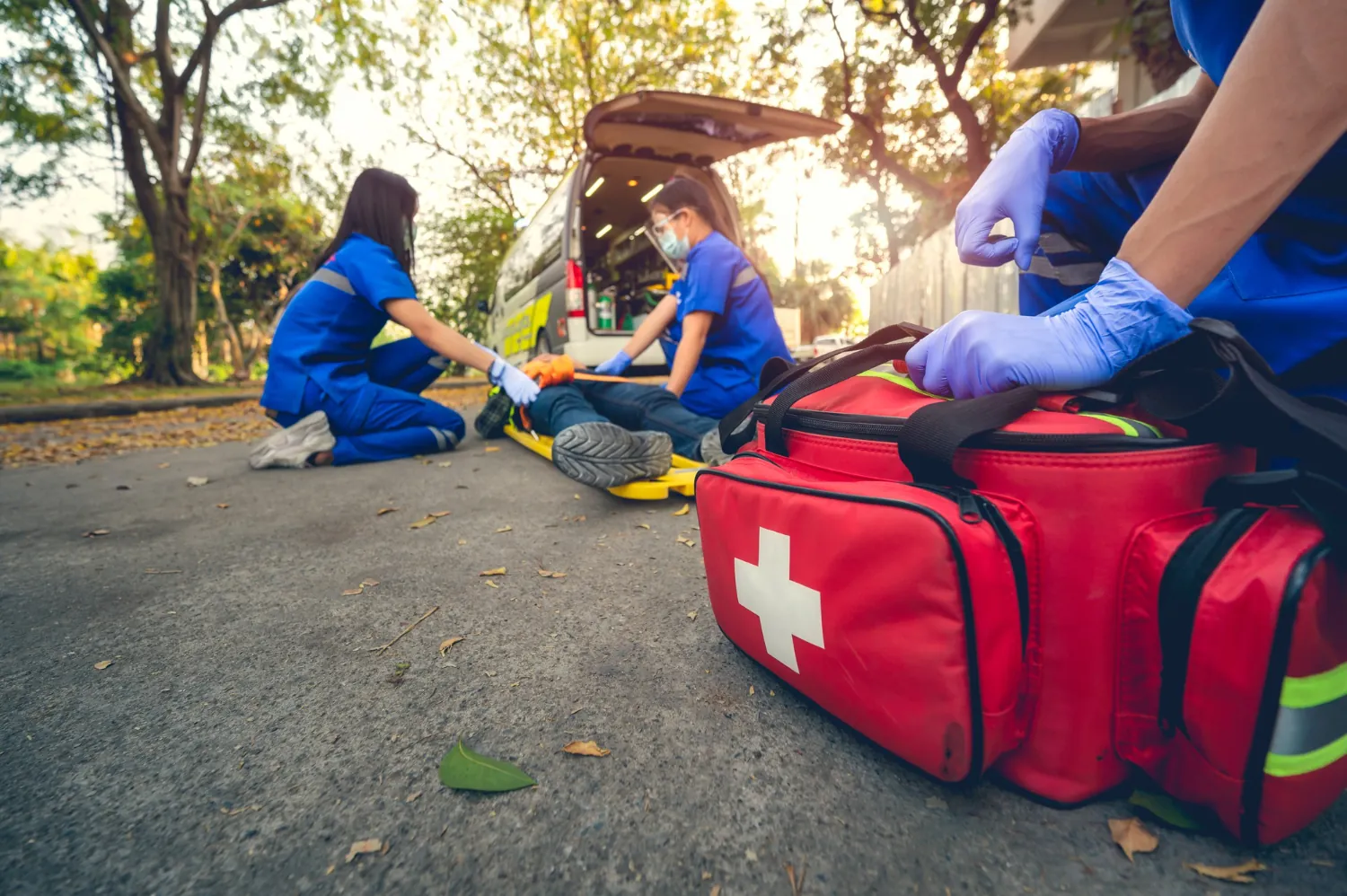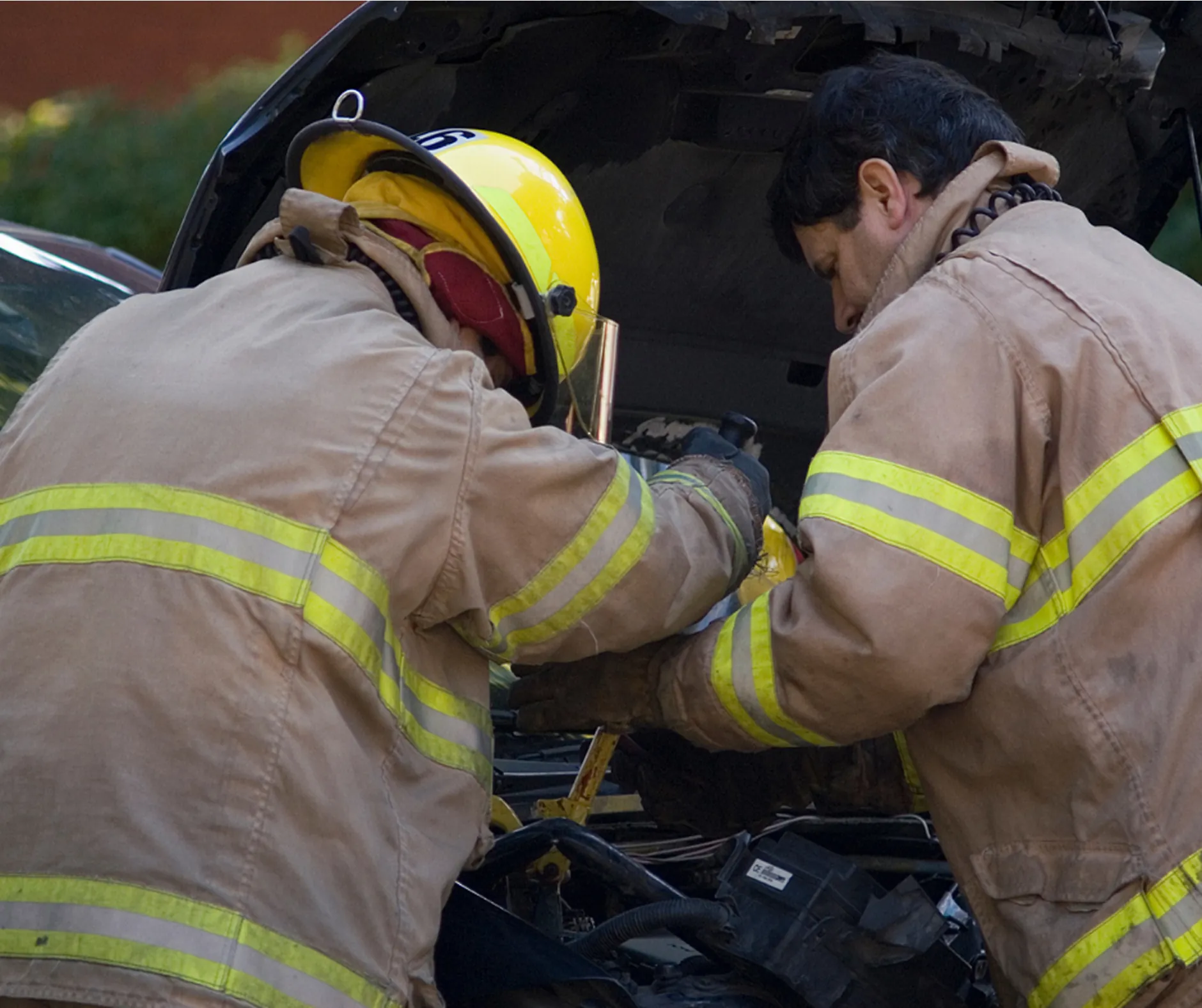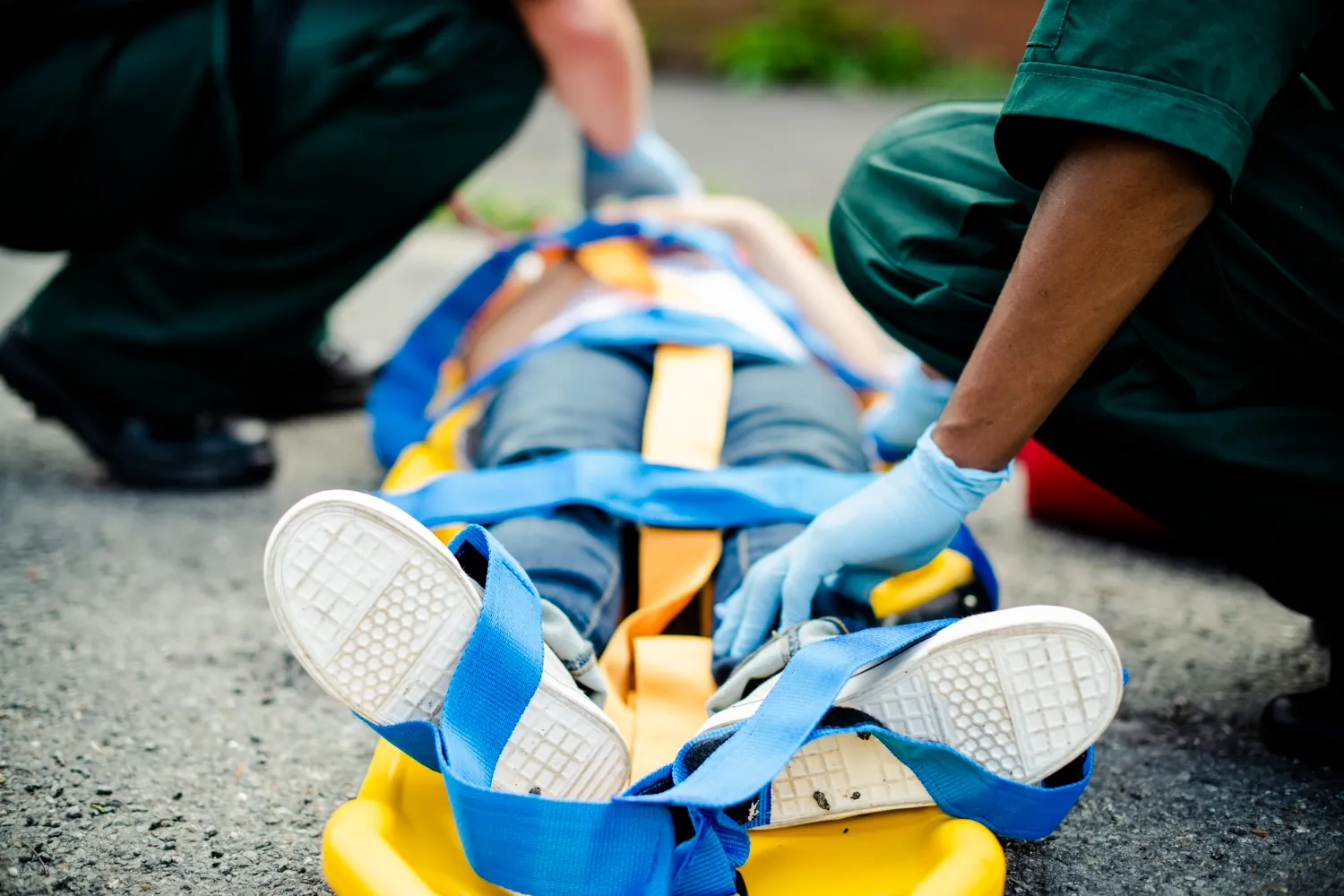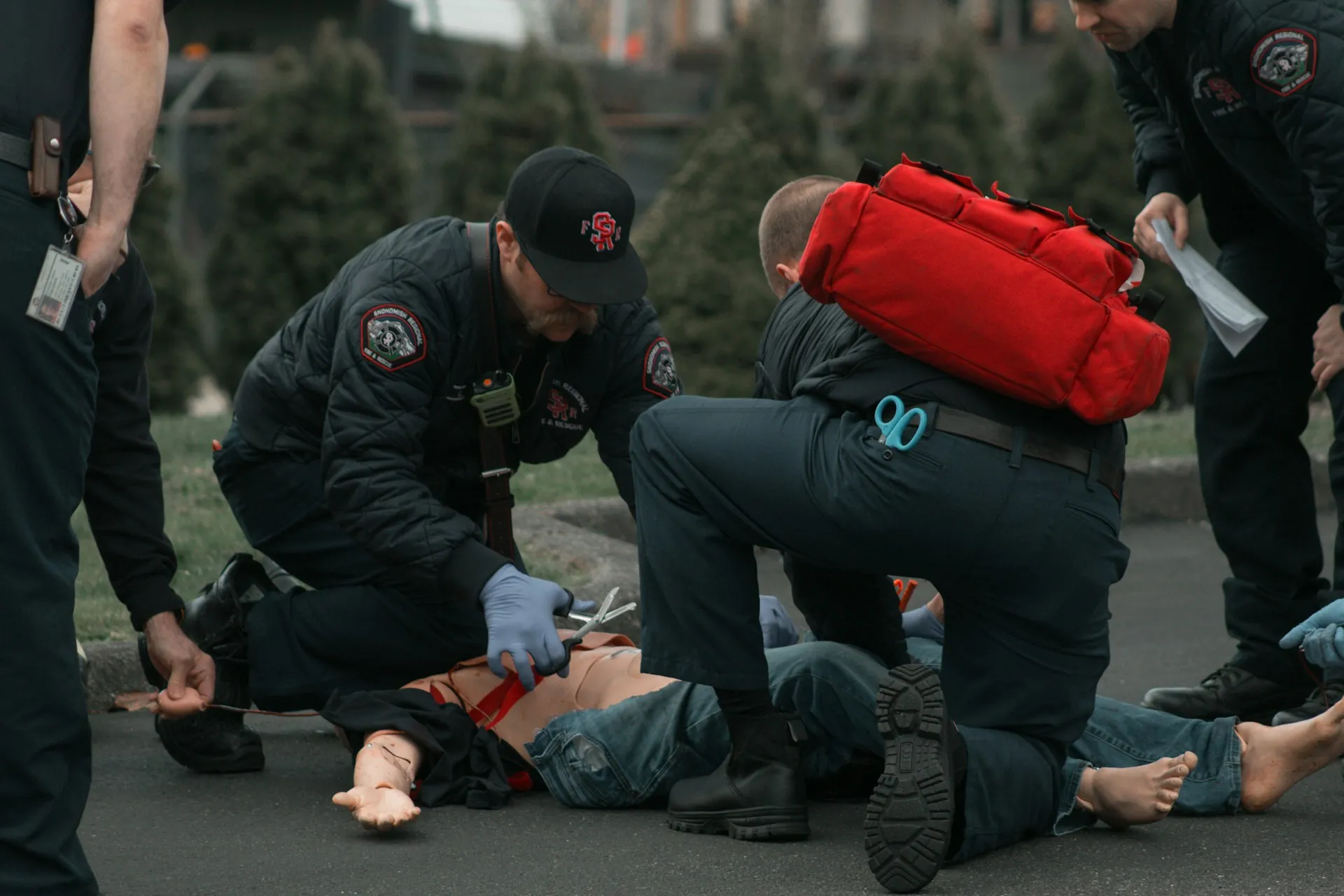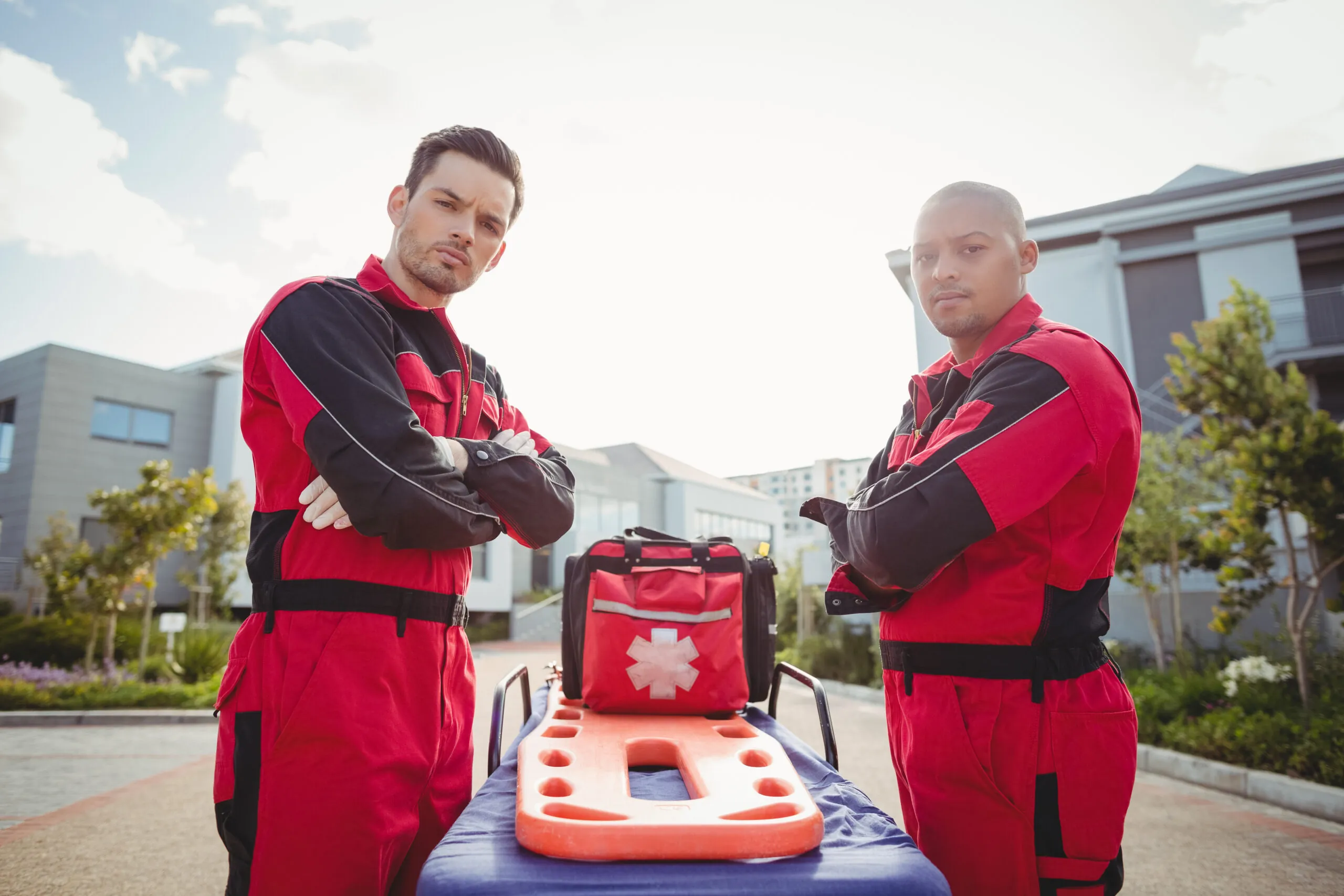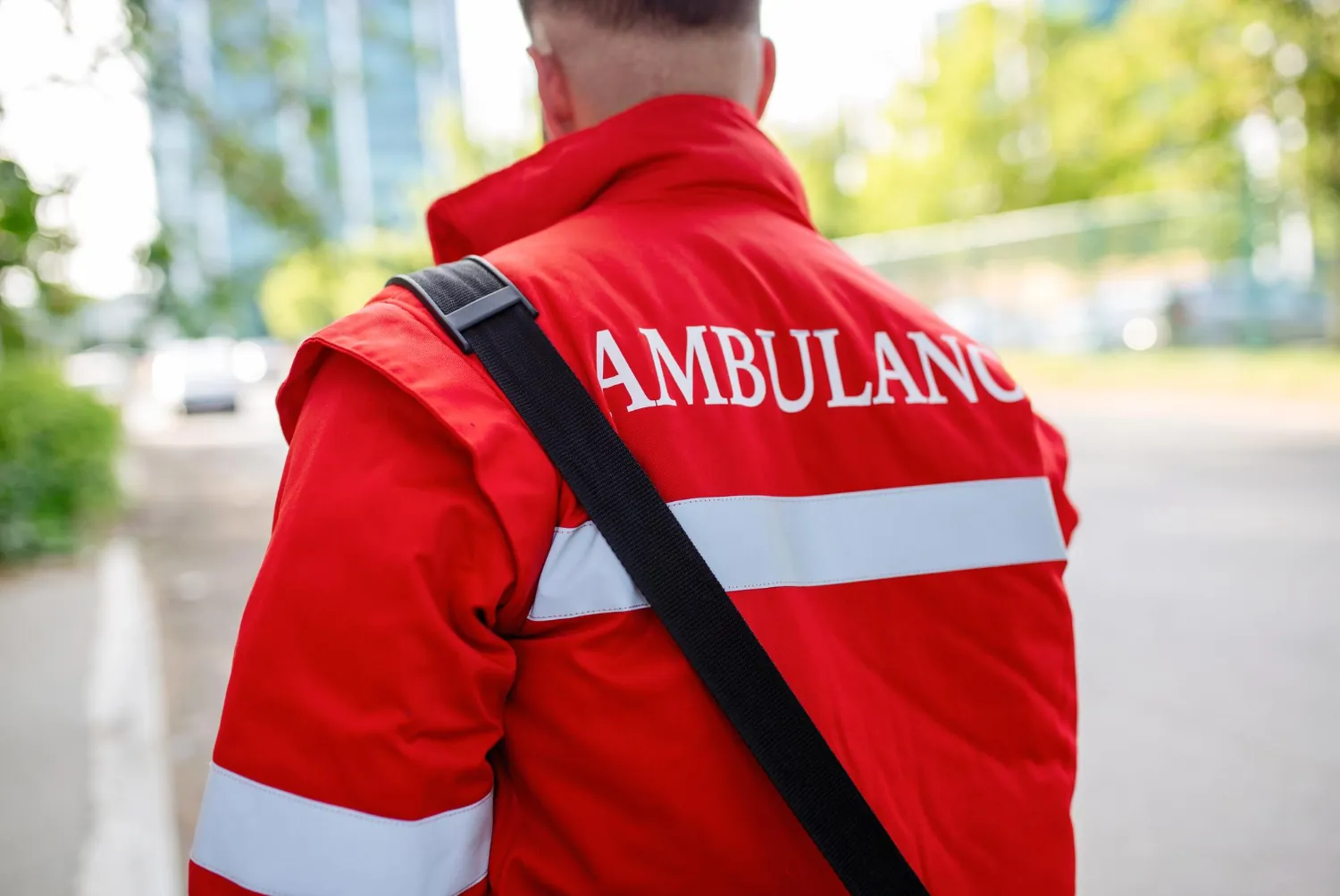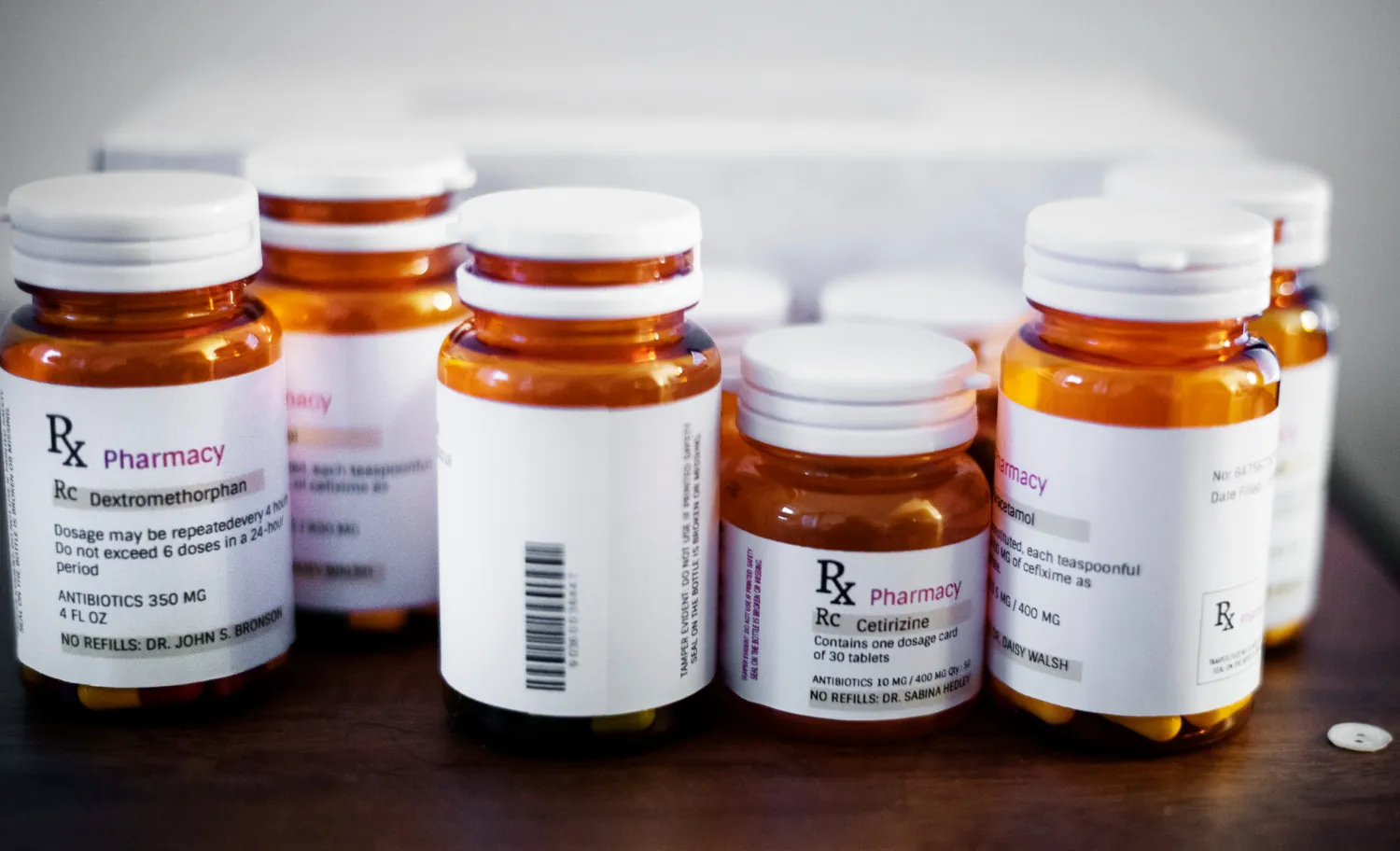Medication Abbreviations 101: Understanding Acceptable Medication Abbreviations
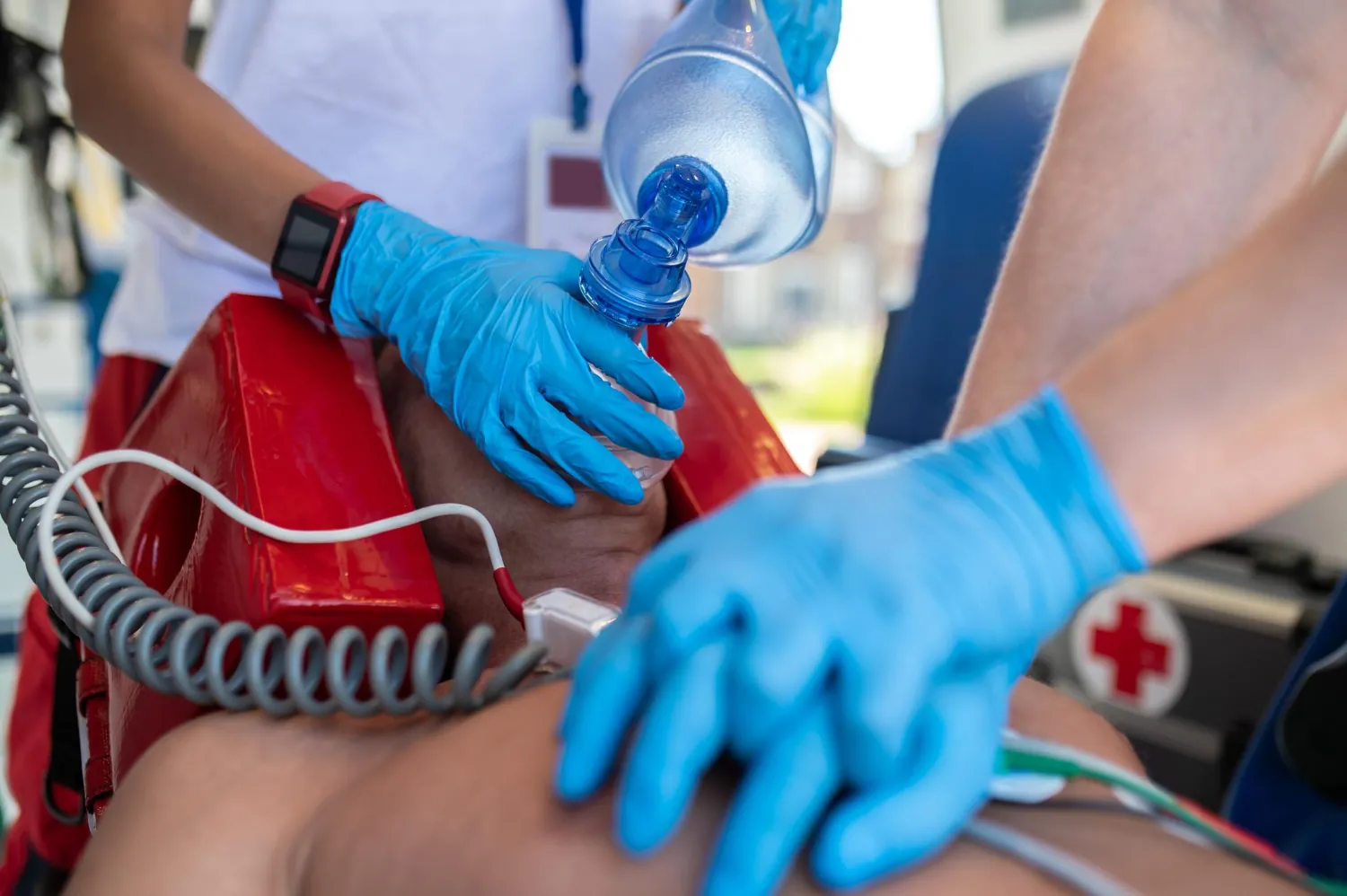
When you’re working in emergency medicine, you know that accuracy and clarity in communication are everything—in fact, in some cases, it's the difference between life and death.
We all love shortcuts, but when it comes to using medically accepted abbreviations, it’s imperative that the ones we use are universally understood and approved.
About Medical Abbreviations
The act of abbreviating terms isn't revolutionary. The use of medical abbreviations dates back to Hippocratic medicine in ancient Greece and Rome—using Latin or Greek shorthand to document conditions, treatments, and anatomical terms quickly.
Latin was the accepted medical abbreviation language through the Middle Ages and into early modern medicine. As people shared and explored classical medical texts, there became standardization in the Latin abbreviations to describe drugs and treatments.
Pharmacies and apothecaries often used symbols like the Latin Rx to begin recipes. Rx means “take thou” which was typically followed by a list of ingredients for pharmacists to compound.
In the 19th and early 20th centuries, people saw the need for medical standardization. With scientific advancements like anesthesia, x-ray, and germ theory, there was a significant increase in medical terminology. The abbreviations became increasingly crucial to help doctors communicate efficiently in medical charts, prescriptions, and hospital records.
Military medicine, too, played a role in medical abbreviations. Medics needed standardized shorthand for triage, injuries, and treatments in the field. The medical world continued to become an alphabet soup of acronyms. With new medical specialties and tools, medical abbreviations multiplied. Common examples include the ICU for Intensive Care Unit, EKG for Electrocardiogram, and TBI for Traumatic Brain Injury.
With computerization and electronic medical records, abbreviations became even more widespread. With concerns about misinterpretations of so many acronyms, organizations like the Joint Commission issued “Do Not Use” lists to prevent errors from ambiguous abbreviations.
Universal codes such as ICD codes for diagnosis have standardized medical language across global healthcare systems. Medical abbreviations are widely used today, and it's important to stay familiar with the latest updates and acceptable medical abbreviation lists to ensure patient safety.
Paramedics and EMS professionals must respond to urgent situations in a clear, timely, and organized fashion, so it's crucial to rely on tools to help ensure accuracy in the field.
Why Standardized Medication Abbreviations Matter in EMS
There are several reasons why standardized medication abbreviations matter so much in EMS. Three of the main reasons are:
1. Avoiding Miscommunication
Misreading an abbreviation could lead to incorrect dosing, the wrong treatment instructions, and even the wrong medications. For example, the abbreviation for the drug "MgSO₄" (magnesium sulfate) vs. "MSO₄" (morphine sulfate) could be easily confused and lead to a dangerous mistake.
Again, this is why there are “Do Not Use” lists, to help eliminate the most confusing and high-risk abbreviations.
2. Efficiency in High-Stress Scenarios
When you’re answering a call, you need to write and document information quickly and clearly, often under extreme conditions. Using accepted medical abbreviations helps ensure that paramedics, nurses, doctors, and pharmacists are on the same page.
The efficiency factor holds true in electronic records and especially on paper records (which have their own set of issues and concerns).
3. Compliance with Protocols
Agencies like NEMSIS (National EMS Information System) require standard documentation practices. While it can seem like it’s just a simple way to jot things down quickly, it’s actually a vital communication tool.
Ensuring that you're using standardized terminology and medical abbreviations helps your team comply with best practices and lowers liability risks for providers.
The Most Common & Approved Medication Abbreviations for EMS
So, what are the most common medication abbreviations that you'll see in the field? Here are some of the most widely used medical abbreviations, especially for EMS.
General Medication Abbreviations
- ASA – Aspirin
- NTG – Nitroglycerin
- Epi – Epinephrine
- Narcan – Naloxone
- D50 – Dextrose 50%
- TXA – Tranexamic Acid
Dosing Abbreviations (Approved & Commonly Used)
- Daily - Daily
- BID – Twice daily
- TID – Three times daily
- QID – Four times daily
- PRN – As needed
- gtt – Drops
Route abbreviation
- PO – By mouth
- IM – Intramuscular
- IV – Intravenous
- SC/SQ – Subcutaneous
- SL – Sublingual
- IN – Intranasal
Time-Related Abbreviations
- STAT – Immediately
- AC – Before meals
- PC – After meals
- HS – At bedtime
Unsure of the right abbreviation? Generally, the rule in the field is, “When in doubt, spell it out.” Although using medical abbreviations can be convenient, clarity is the most important factor in any and all medical communication.
"Do Not Use" Medication Abbreviations & Common Mistakes
What about the abbreviations you should avoid? There are some high-risk abbreviations that commonly lead to medication errors.
Some of the most common “do not use” medication abbreviations include:- U (Unit) – the letter U is often mistaken for "0" (zero) or the number "4". It’s best practice to write “unit” instead.
- IU (International Unit) – IU is often confused with the term IV. EMS responders should write “International Unit” instead.
- Q.D., Q.O.D. (Daily, Every Other Day) – Even though QD, qd, QOD, and qod were widely used in the past, it’s important to note that they can be misread as each other. It’s important to write “daily” or “every other day.”
It’s also crucial to know that there should be leading zeros and no trailing zeros when writing numbers. For example, 5.0 mg could be confused with 50 mg, and .5 mg could be confused with 5 mg. Dosages should include leading zeros like 0.5 mg to avoid any confusion.
Follow best practices and stick to the approved abbreviations from the Joint Commission, ISMP, or your local EMS protocols. Remember, even though abbreviating can save you time, there’s no rule that you MUST abbreviate.
How LogRx Helps EMS Professionals with Medication Tracking & Compliance
Using approved medication abbreviations can help prevent EMS errors, improve communication, and ensure that your team complies with guidelines and recommendations. These terms can speed response times, but they must always be used accurately (or they can cause significant harm).
EMS professionals must juggle many responsibilities. There’s a lot to keep track of and tracking controlled substanceson the job should never be a hassle. LogRx is there to help you keep track of dispensing and inventory without confusion.
Within our system, medication tracking becomes simple. There’s no confusion, and medications are documented by standardized medication names. Because LogRx works right from your handheld device, there’s no extra equipment to carry around or paper to keep track of.
Instead, you get a simple "scan and go" system that helps everyone stay on the same page. From the Admin Portal, management can access reports, check inventory numbers, and ensure that everyone has exactly what they need in the field.
Reporting to the DEA and local EMS agencies gets much easier with LogRx. There’s nothing to compile or sort through. Simply run a report and you’re done. With accurate digital tracking for controlled substances, you'll be compliant with protocols and ready for audits.
More importantly, you’ll prevent the risks to your team that come with paper tracking— like diversion and low inventory. You'll get real-time updates so you can easily check levels and supplies.
For more on keeping your EMS team organized with LogRx, reach out today. LogRx is developed by EMS professionals for EMS professionals. It’s almost like having another administrative team member to help you balance it all. At LogRx, we're here to keep you organized and ready to deliver top-notch patient care.
Categories
Recent Posts
- LogRx and Knox: How LogRx Integrates with EMS Medication Lockboxes
- Connecting Community and EMS: 7 EMS Community Outreach Ideas
- Projecting Professionalism: Why EMS Uniforms Matter
- EMT Off-Duty Response: What You Should Carry Everywhere
- Basic EMT Trauma Assessment Scenarios: Gearing Up for Certification

